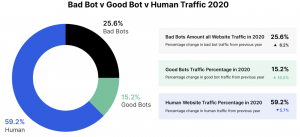How bad can they get and how do you fight a cyberwar?
On the morning of June 27, 2017, it seemed as if Ukraine had slipped back in time and into the wrong century – almost nothing worked. Not the ATMs, the trains, the airports, the television stations. Even the radiation monitors at the old Chernobyl nuclear plant were down.
Ukraine, in the midst of a long and undeclared war with Russia, had been hit by mysterious blackouts before but this was eating through computer networks at a terrifying pace, turning screens dark across the country. And it seemed to be spreading further than intended, out through Europe and around the globe, paralysing hospitals and companies from London to Denver, even the Cadbury chocolate factory in Tasmania, and bringing swathes of the world’s shipping to a halt. By the time the culprit – a wild variant of malicious computer code (or worm) known as NotPetya – was stopped hours later, it had looped back into Russia, where it originated, and racked up about $US10 billion ($12.9 billion) in damage worldwide, making it the most expensive cyber attack to date.
No one died but the world had been given a glimpse of a new reality, beyond cyber espionage or sabotage. This was cyberwar. With modern life more connected than ever, you could unplug a nation before you’d even fired a shot.
Today, cyber weapons feature in the opening moments of most countries’ war plans, but they are deployed in peacetime, too, and the line between espionage, vandalism and outright attack is far from clear.
In 2016, the Australian government broke its relative silence on the cyber threat, revealing for the first time that Australia was actively engaged in cyberwarfare (against the terrorist group Islamic State in Syria and Iraq) and warning of a coming “cyber storm”. The army’s newest head of Information Warfare, Major General Susan Coyle, says it is now seeing an “exponential growth” in the range and sophistication of cyber weapons. Top companies and universities have been mined for personal data or found their networks suddenly paralysed; even Parliament itself has been infiltrated. But Coyle says Australia’s cyber forces are being rapidly trained to meet the…



